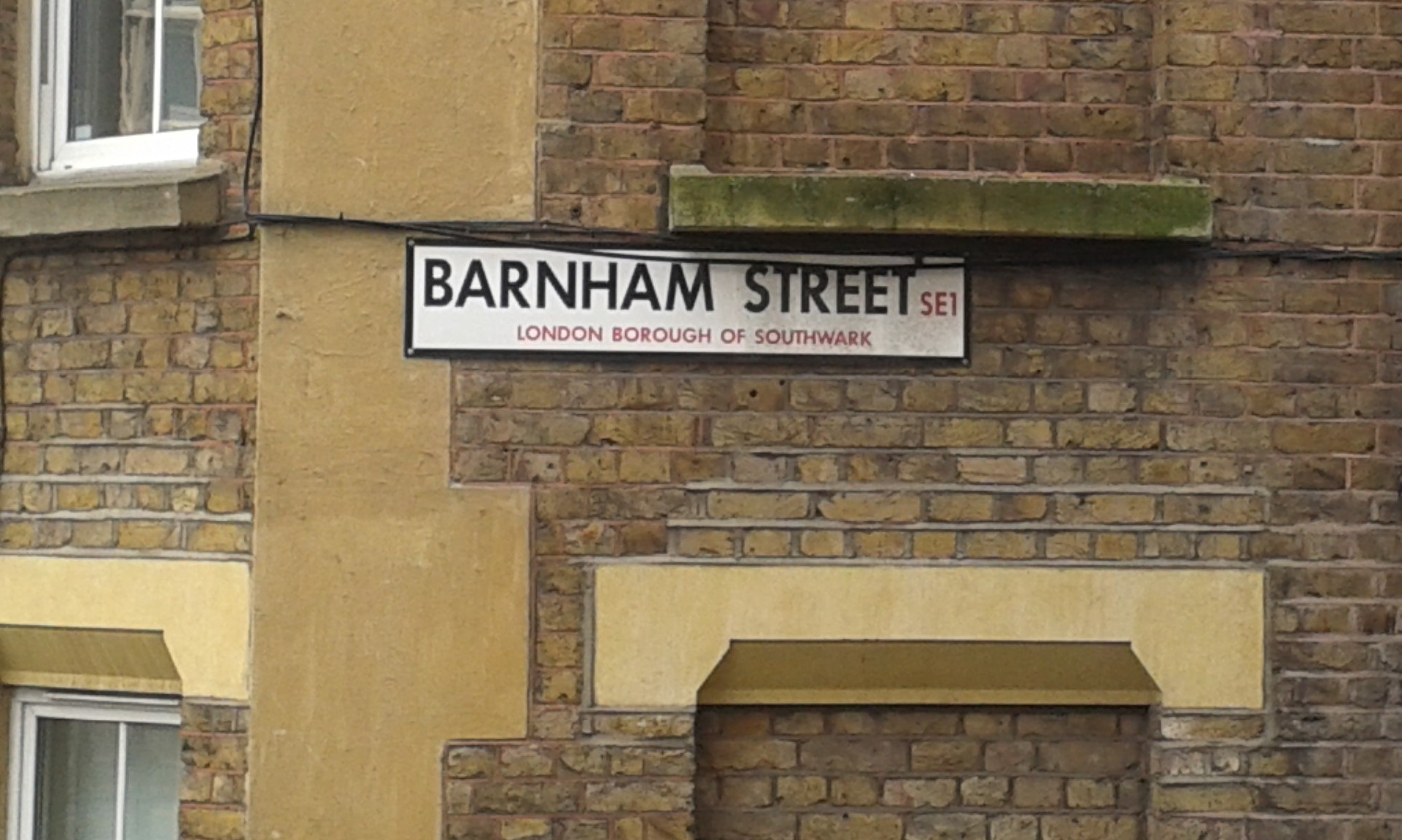Big issues bothered me, like whether the time travel paradoxes in the story might sink it under the weight of mind-bending puzzlement (they don’t, honest!). And so did small issues, like what had the weather been like on a specific day in July 1944.
In my idler moments, I even indulged fantasies of which actors might play Jake and Amy, my time-tossed, star-crossed lovers, if ever there was a movie version of the book.
I didn’t think about the cover. Maybe I’m just not a visual thinker.
But covers are obviously really important. They make the difference between you picking up a book, and passing on by. However great your concept – summarised intriguingly in the cover blurb – and no matter how brilliant your opening sentence, they are wasted if potential readers never see them.
So, when it came time to consider what my cover should look like, I knew I had to take an interest. But I’m not a marketing analyst. I honestly don’t know what makes a successful cover. I only know what I like.

My first instinct was that the cover should give a strong sense of what the story was about. Fifty-One has time travel, and a dystopian near-future London. So I wanted a bit of futurism.
A good chunk of the story takes place in the war-torn London of the Blitz era. So I wanted bombs, ruined buildings and danger.
And it has an impossible love story, in which Jake (born in 2010) falls in love with Amy (who dies in 1944) and is torn by the dilemma of whether to save her life even if it risks changing the future. So I wanted a flying bomb, hanging over our romantic couple, fleeing down a cobbled street, away from an antiseptic future city.

The first draft was suitably ‘time-travelly’, with lots of clocks, some futuristic-looking buildings in the background and lots of blobs and bars to give a sense of confusion and crumbling reality. It also had – as requested – a man and woman fleeing.
It was good, but somehow not quite right. To me, it felt too cluttered. I lacked any design sense, so I took refuge in authorial nitpicking about detail. In my feedback to Filles Vertes Publishing, who are handling the book, I said:
The fleeing couple don’t look right at the moment – their clothing is not at all 1940s London. They’d be smarter. And (I hate myself for saying this!) I didn’t think the man looked buff enough – he’s a highly trained police officer in a demanding job, I think he’d be fitter-looking…the background isn’t futuristic enough. London looks more futuristic than that right now, let alone 2040!
There was another thing. I had by now done a substantial rewrite of the book (see my post of June 27th). In the course of this, the romantic element of the novel had grown in strength, somewhat to my surprise. So I wanted a more romantic feel to the image.
I expected the artist – the very talented Kate Cowan, of Broken Arrow Designs – to tinker with the picture and offer a revamped version of it. Instead, she took it in a very different direction, and produced the ravishing image that will be revealed to the world very soon by Filles Vertes. I can’t publish it yet, but it surprised me how far we’d gone in a romantic direction, while still retaining the necessary hints of danger and paradox inherent in my wartime, time-travelling story.
If I saw it in a bookstore, I’d pick it up. And I guess that is all that counts.
(Stop Press – The cover reveal is on Sunday January 21st! Check back here, or go to Filles Vertes Publishing to see it.)


Such an exciting phase! It is hard to visualize (sorry to the “z” there but I do spell in “American,” even though it often gets mixed up with my French) by oneself. It is a process and I can’t wait to see it!